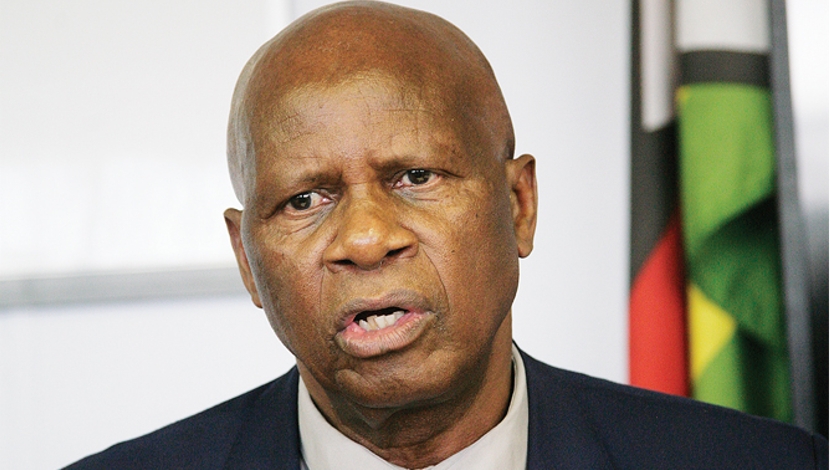

The Kenyan Government recently announced plans to speed up its long awaited slum upgrading programme. This is in a bid to improve the living conditions of about 60% of the urban population.
The Transport, Infrastructure, Housing and Urban DevelopmentSecretary James Macharia last week said that the program will involve the mapping of 498 informal settlements countrywide, land tenure regularization and the installation of both social and physical infrastructure.
The long term aim of the program, according to him, is the planning urban growth with an aim to minimize on the expansion of existing slums.
This program’s announcement comes right after the World Bank revealed that Kenya needs to build 2m low-cost city homes as a measure to control the growth of its slums, stating that most of the Kenyans were living in the slums because of limited housing supply and in some cases lack of affordability.
It also predicted that more than two thirds of the country’s population would be living in the cities by 2033.
According to the World Bank report, therefore, Kenya must increase the current number of 50,000 houses built yearly to build 244,000 houses in the same period in order to meet the demand.
To this Mr. Macharia said that the government will team up with lenders and development partners in order to come up with alternative housing finance in a bid to try and bridge the current gap.
Presently, Nairobi is ranked among Africa’s most expensive cities for housing. This is evident in the cost of housing as the cheapest formal house was at $14,550 at 2012. The lack of affordability comes in when one considers the fact that the aforementioned amount is 10 times more than the average annual income which stands at $1,299.8.





